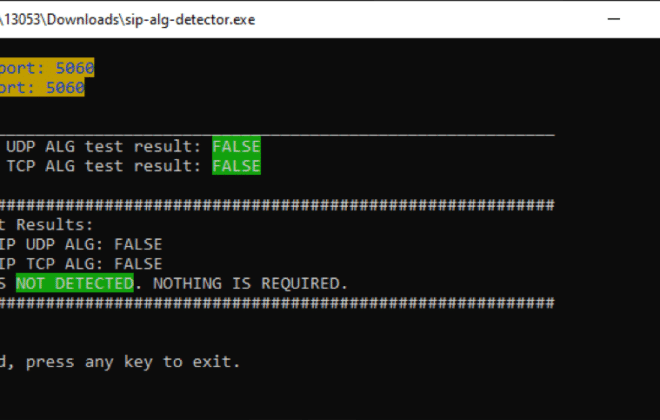What is Unified Communications?
It is worth noting that UC is not a single tool or product, but rather a collection of solutions that a firm executes to ascertain that nearly all technologies within the firm work together, smoothly, and securely. UC does a great job in terms of effectively blurring the demarcation lines between different communication channels. One fundamental aspect of UC is that it facilitates flexibility. In that case, an individual can send information using one medium, and the anticipated recipient can retrieve it using any medium of their choice. An example is a user who receives a voicemail message; he or she can decide to access it via email or mobile phone.
As aforementioned, UC is a collection of several elements that aid in the integration of multiple communication channels. One of the milestones of UC is that it adopts the concept of presence in the way communication occurs. Presence is a tool that expresses the readiness and availability of a party to communicate. In that case, one can identify the location of an intended recipient before sending a message. Accordingly, an information sender can know in advance, if to communicate in real-time or non-real-time. In business, that is a valuable concept. A great example is where a customer calls a call center to query about a particular subject. As opposed to engaging in rounds of back-and-forth emails, the call center can just forward the call to an expert on the real-time list who will provide timely answers to the customer.
Unified Communications Offers Flexibility
UC also features mobility. By mobility, it means that a user can remain connected regardless of their location. Mobility features, which include extension mobility and single number reach, are vital to UC. An office extension, for instance, can enable a person to call, receive calls, chat, and other factors using softphone apps. Moreover, some UC platforms also feature a web-based user interface that facilitates call control on web browsers and management of different aspects. The other features include unified messaging, fax support, conferencing, collaboration, and advanced notification. Collaboration, particularly, is essential as it expands communication capabilities as well as presents employees with more flexible work options.
UC has brought about numerous benefits, especially for businesses. Firstly, by making it possible for users to communicate and collaborate flexibly and intuitively, UC augments employee productivity and improves collaboration. Additionally, UC lowers costs by reducing the number of independent platforms that a business or an individual need to communicate. By facilitating mobility, UC also enables unrestricted employees, who can work in any location with UC. With all these benefits, UC automatically empowers businesses to improve their customer’s satisfaction.
Wondering if a Unified Communications system is right for you? Download our report on 5 Signs it’s Time to Upgrade Your Business Communications and find out if it’s time to upgrade.
Categories
- Hosted PBX (1)
- Remote Working (4)
- Sip (1)
- Unified Communications (3)
- Voip Troubleshooting (1)



